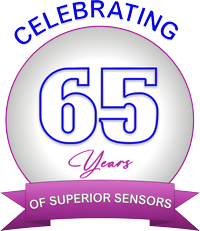Miscellaneous
Frequently Asked Questions – Miscellaneous
Can we expedite shipping?
We try to offer our best lead time based on your design and production levels when quoting. We do understand that you may need it sooner. Reach out to our team to see if expediting is an option for your specific product. An advanced notice and current workload may allow for quicker turnaround. However, expedited ship schedule, if available, will require additional billing to the final invoice.
What is a standard lead time?
We do not have a standard lead time for custom solutions since there are so many factors that go into sensor design, however many of our custom applications can be completed in four to twelve weeks. Most of our standard products have a lead time of two to six weeks.
How do I return my parts for repair and recalibration, receive an RMA, or quote?
To receive an RMA and/or calibration quote, please complete our online RMA request form: Strainsert Online RMA Request
Once submitted, you will receive a confirmation email with return shipping instructions, and a Strainsert Sales Representative will contact you shortly with your quote.
Contact the Repair Department at 610-825-3310 or by email to customerservice@strainsert.com with any questions.

